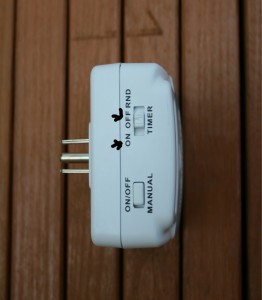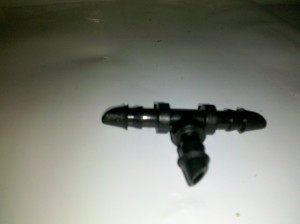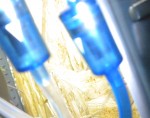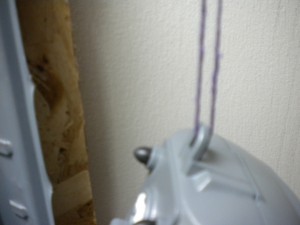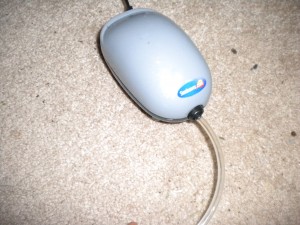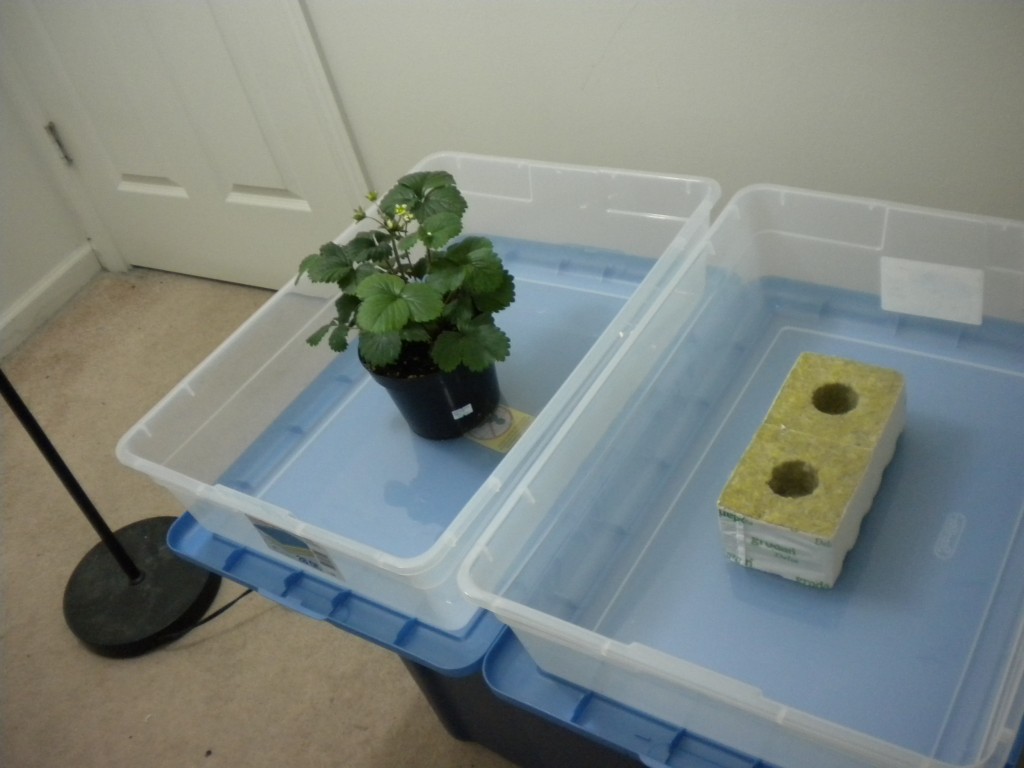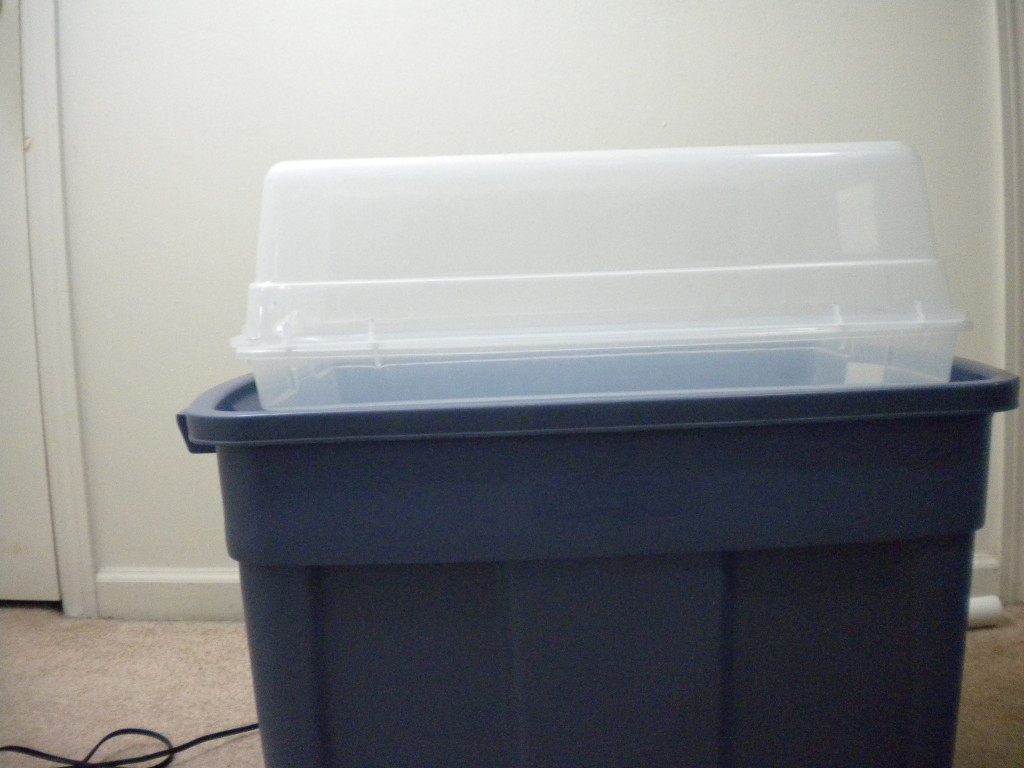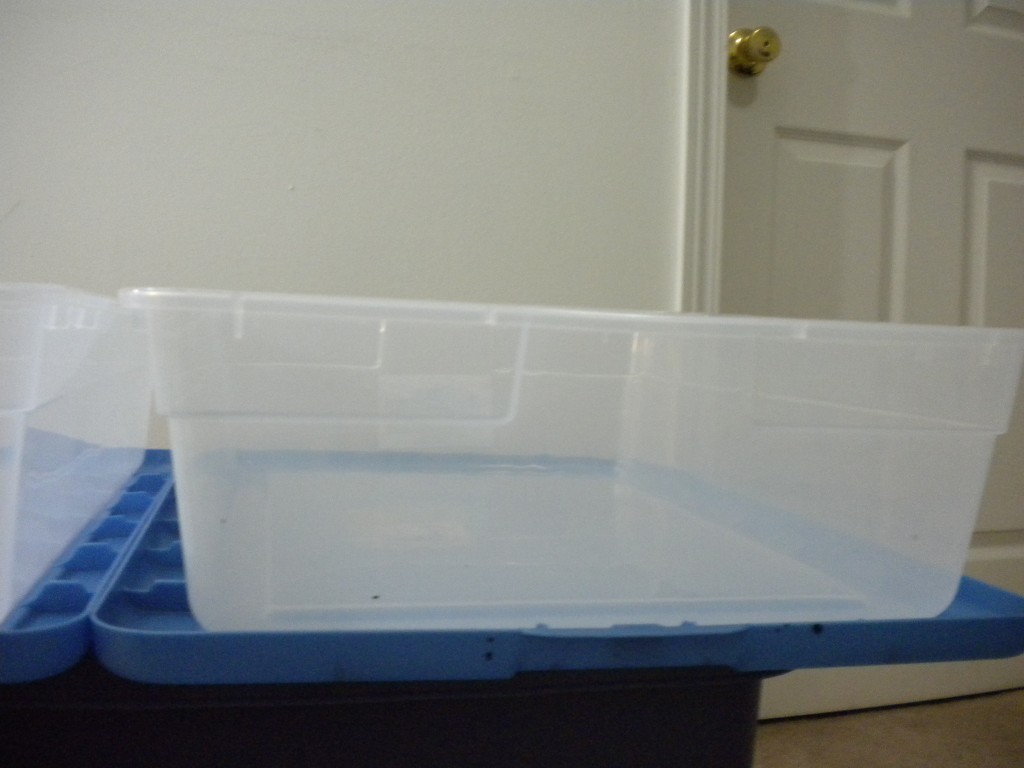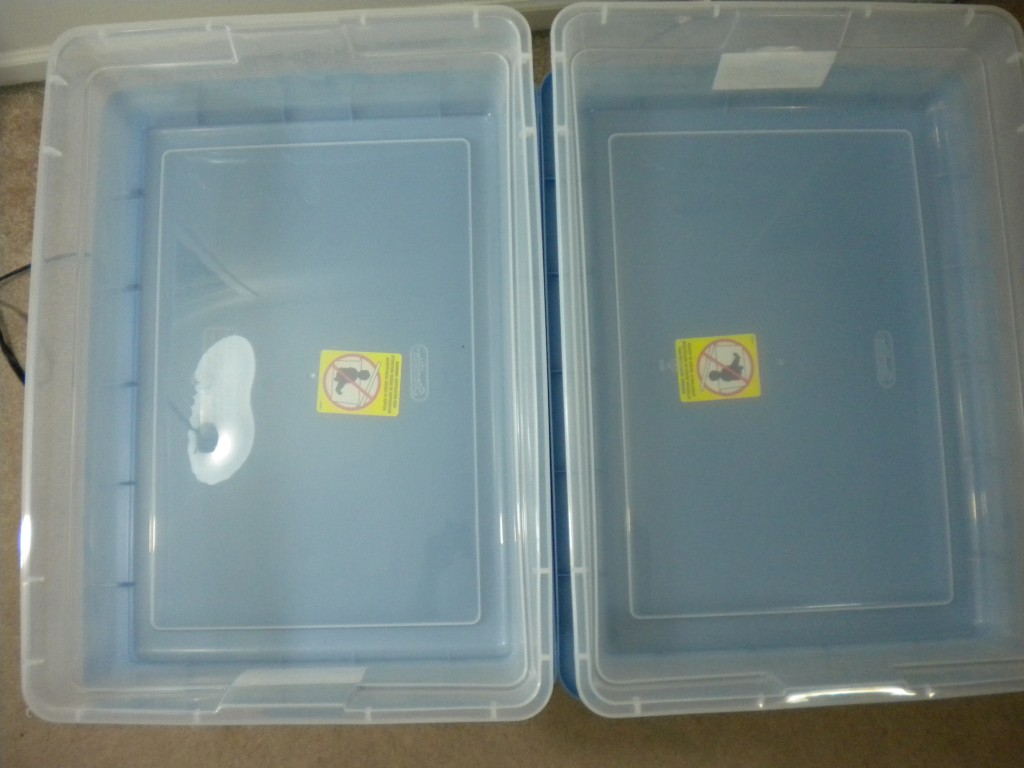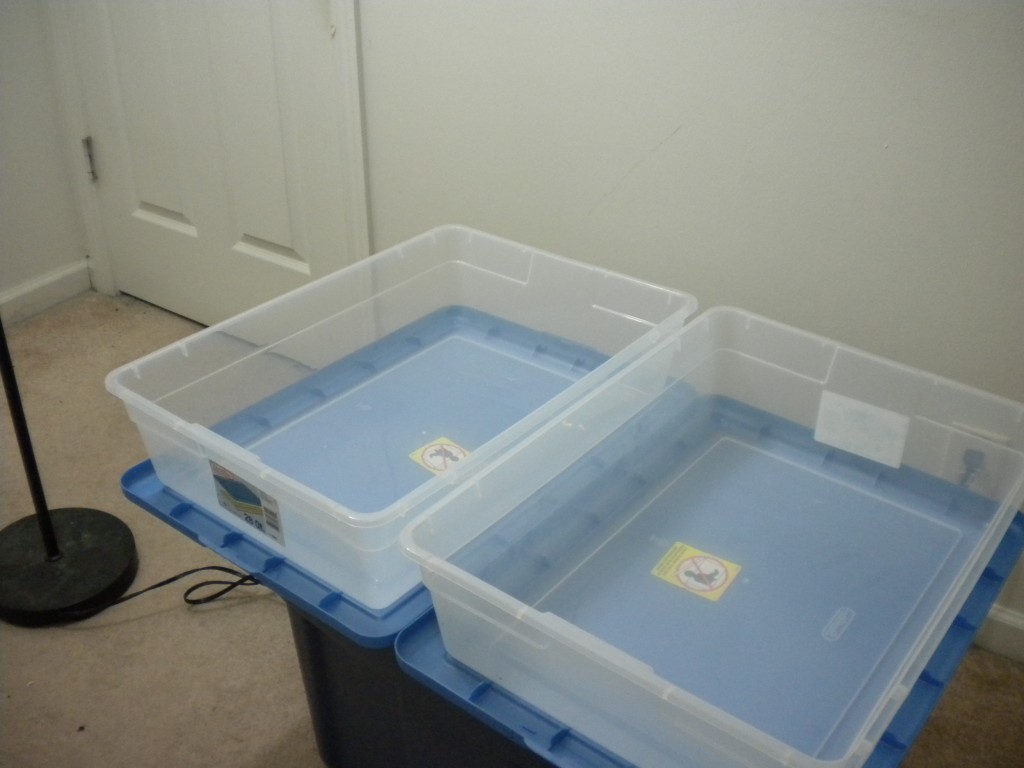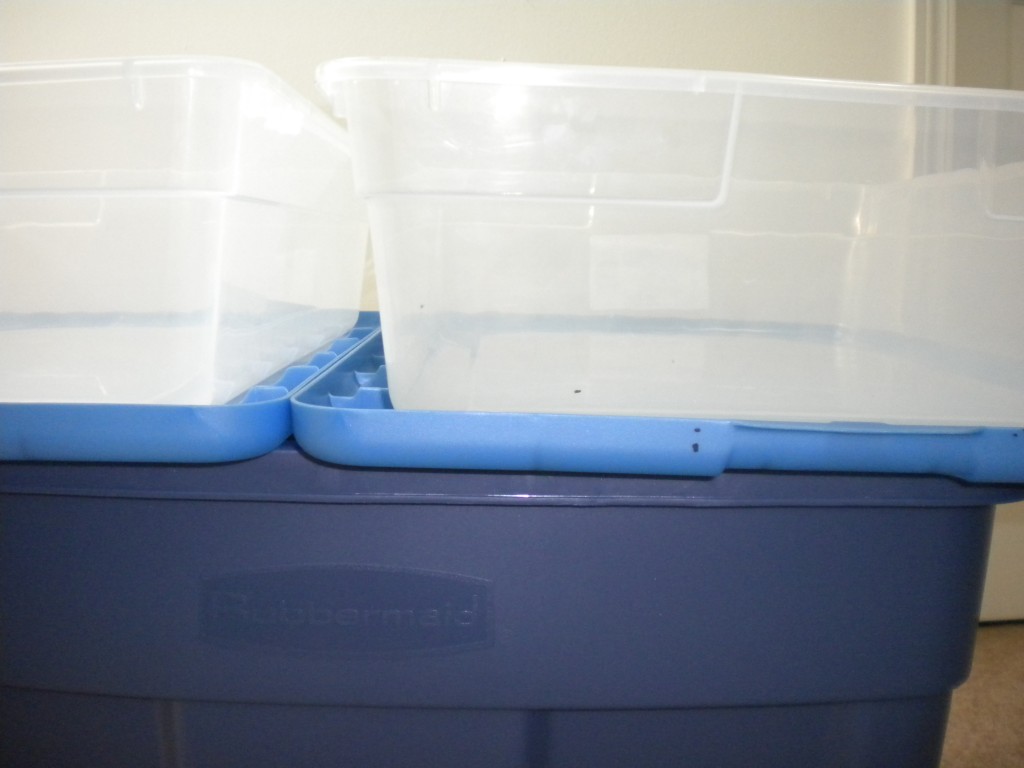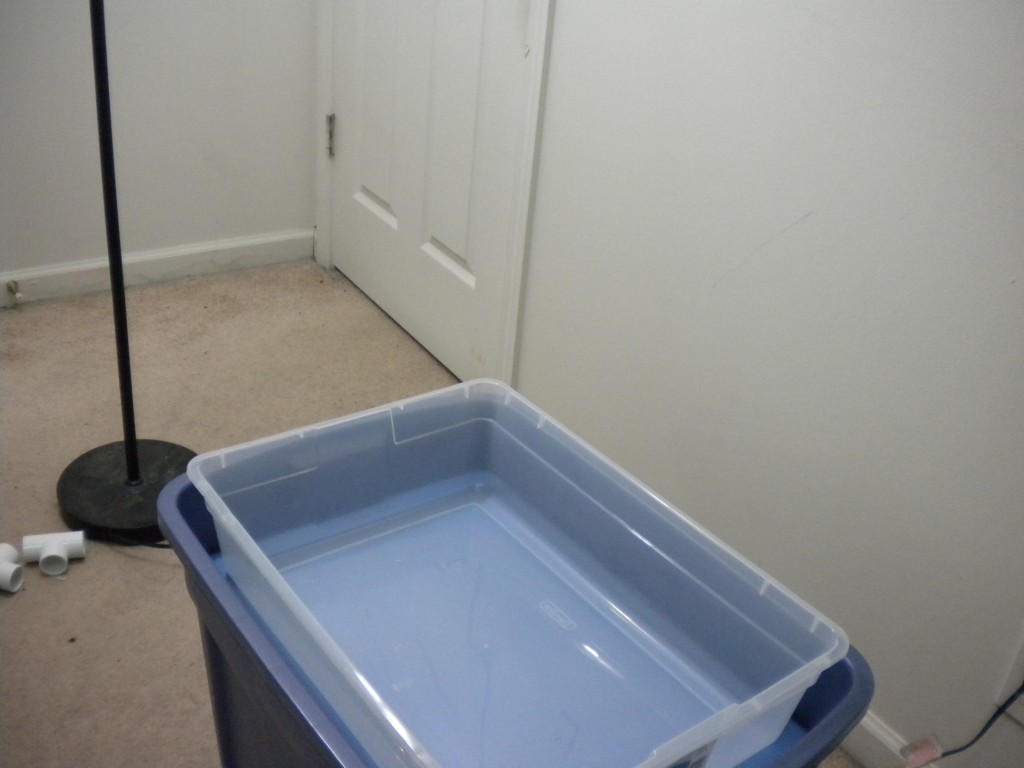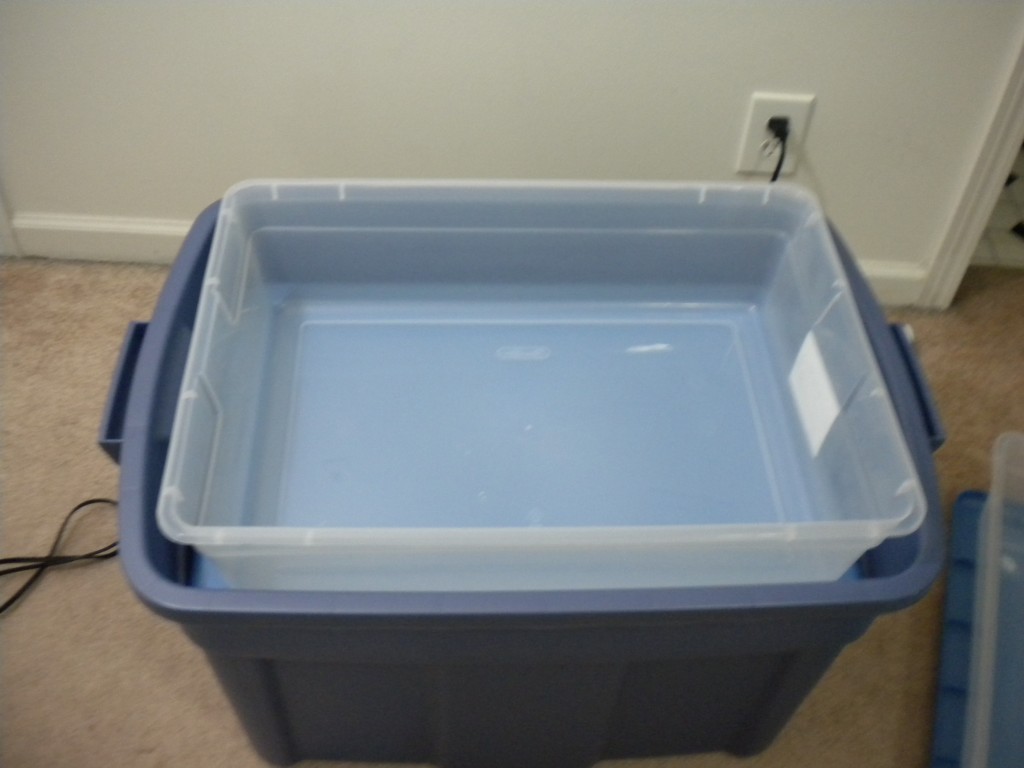Drip system maintenance is key to running an efficient hydroponic drip system. Below are 5 problems to watch for in your drip system. Avoid these problems and you’ll be keeping your plants from automation gone wrong!
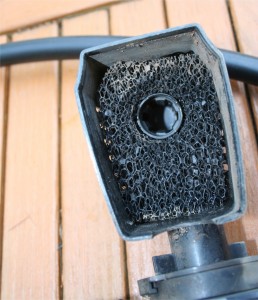
1.Drip Emitters – Clogged drip emitters are most likely the number one problem in drip systems. The best way to fix them is cut them off and try a fresh one.
2.Timer On/Off Switch – Have you ever turned the switch on your timer off so your drip system wouldn’t run during a reservoir change? Always double check to make sure that switch is back to ON when you are done.
3. Timer Malfunction – Timers can shut off for various reasons: water damage, battery or power failure, clock malfunction.
4. Reservoir Levels – Reservoir changes are necessary for productive hydroponic gardens. Evaporation and usage will drain your reservoir. When reservoir water evaporates, the nutrients and salts remain in the water. The extra salts create a higher ppm nutrient solution. Add plain or low ppm nutrient solution to get the levels back to where you want them.
5. Avoid Over Watering – Don’t run your drip system intervals for too long. Start with small intervals and increase or decrease frequency depending on your plant’s performance. It may take them a few days to react to changes so be patient.

Did you know you can buy and read customer reviews for Drip Emitters on Amazon? Check it out here.
